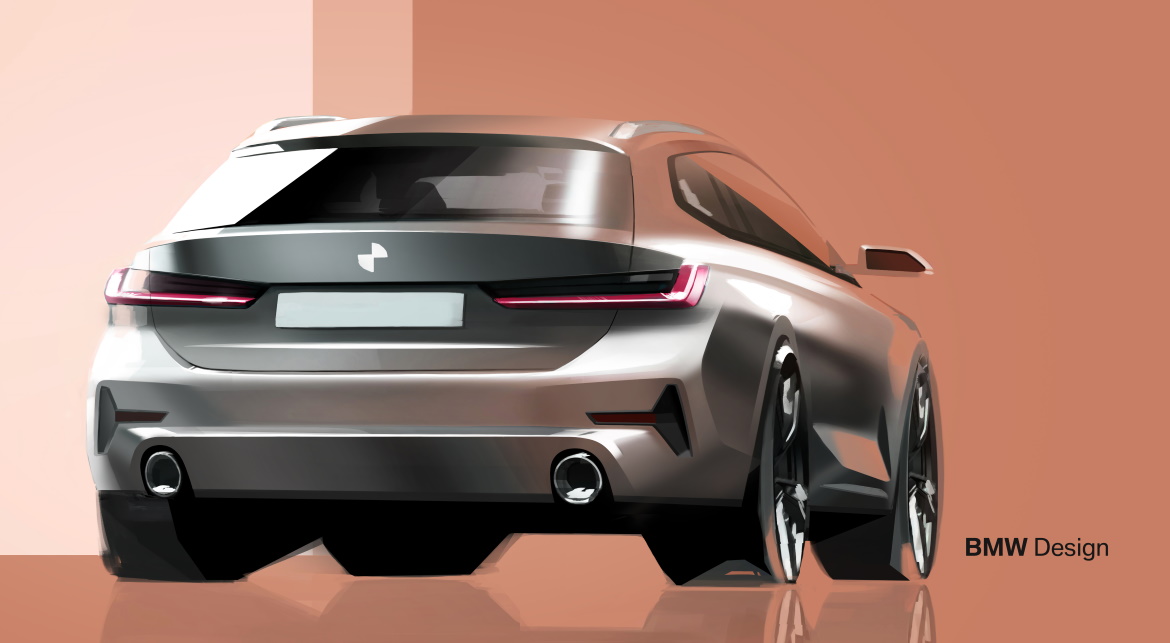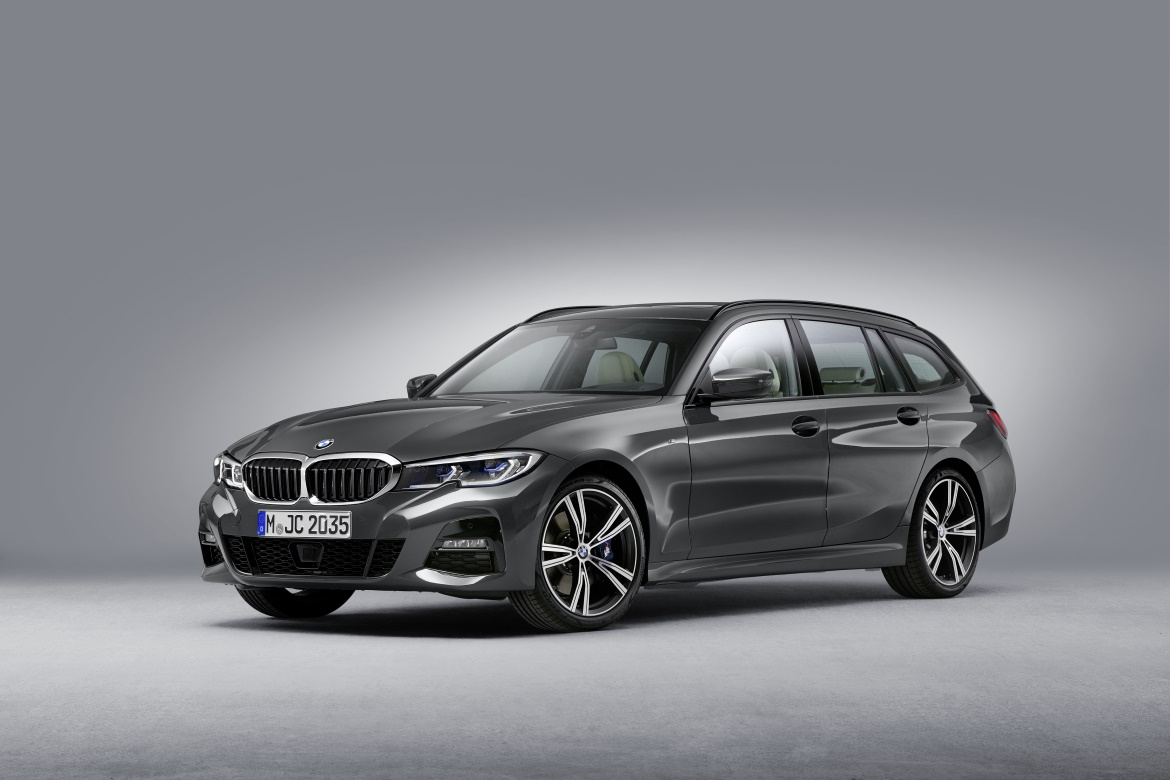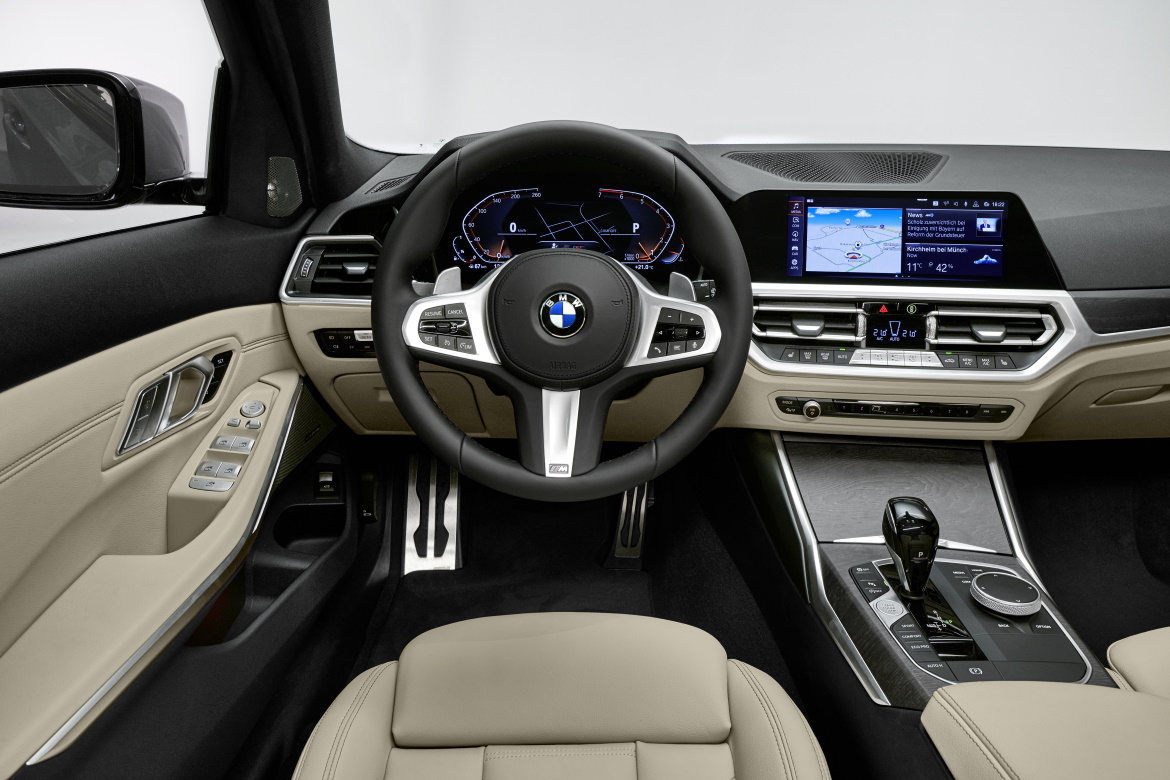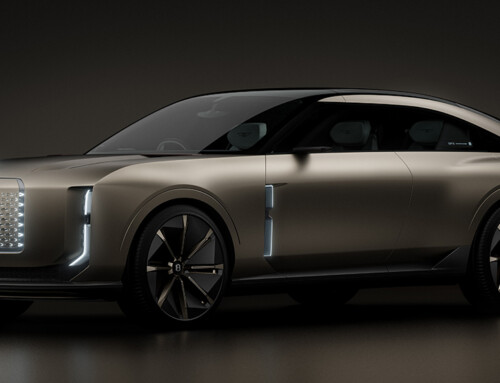A few decades ago, estate cars were a compromise solution for those who needed a roomy interior rather than a particularly good-looking vehicle. Now these versions are often the most representative model range. Especially in markets like Italy, where for a vehicle like the BMW Series 3, the Touring version accounts for 75% of sales. That is one of the reasons why the latest generation, which has just been launched, puts special emphasis on the estate’s design, adopting solutions to distinguish it more from the sedan, highlighting its powerful lines and solid, “broad-shouldered” stature.
This is due not only to its more generous dimensions, which have grown by 76 mm in length, 16 mm in width and 8 mm in height compared to its predecessor, but especially to its proportions: the wheelbase is 41 mm longer and the rear and front tracks are respectively 21 mm and 33 mm wider. Unlike other models that have tried to slim down the tail using tapered profiles, the Touring emphasises the rear: for the first time since this version was launched more than thirty years ago, the lower line of the rear windows sweeps upwards. This is underlined by the rear door handles, which are higher than the front ones, and the powerful roundedness of the mudguards, with the rear lights almost hidden from view, with just a red “accent” visible from the side.
Inside, BMW continues to achieve a successful compromise between sophistication and clean lines. The numerous controls are grouped together in clearly defined areas in the centre and on the side of the steering wheel. One particularly interesting optional feature for the boot consists in a set of aluminium rails in the boot floor, with central rubber inserts that rise slightly when the tailgate is closed to stow luggage securely.















